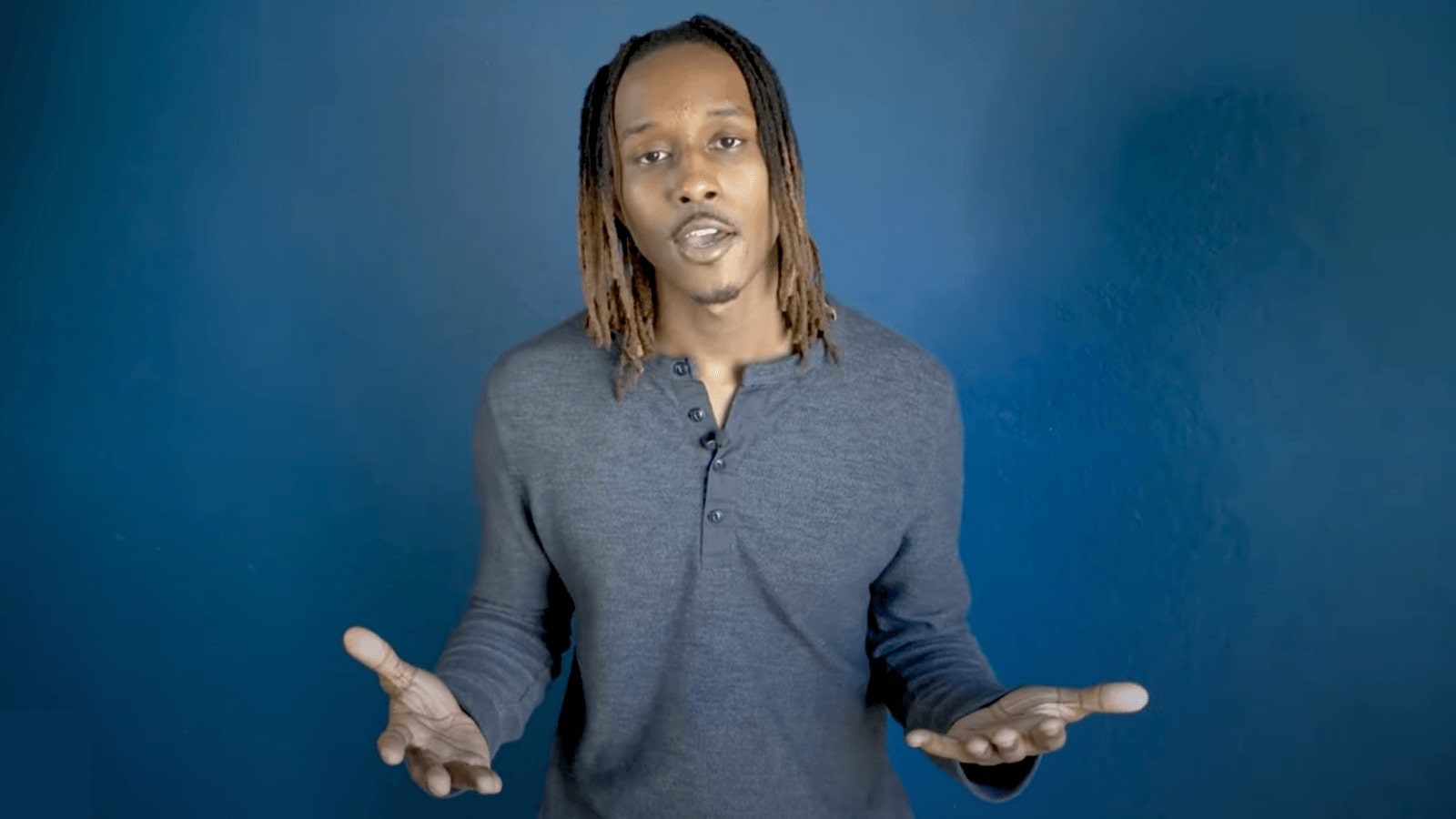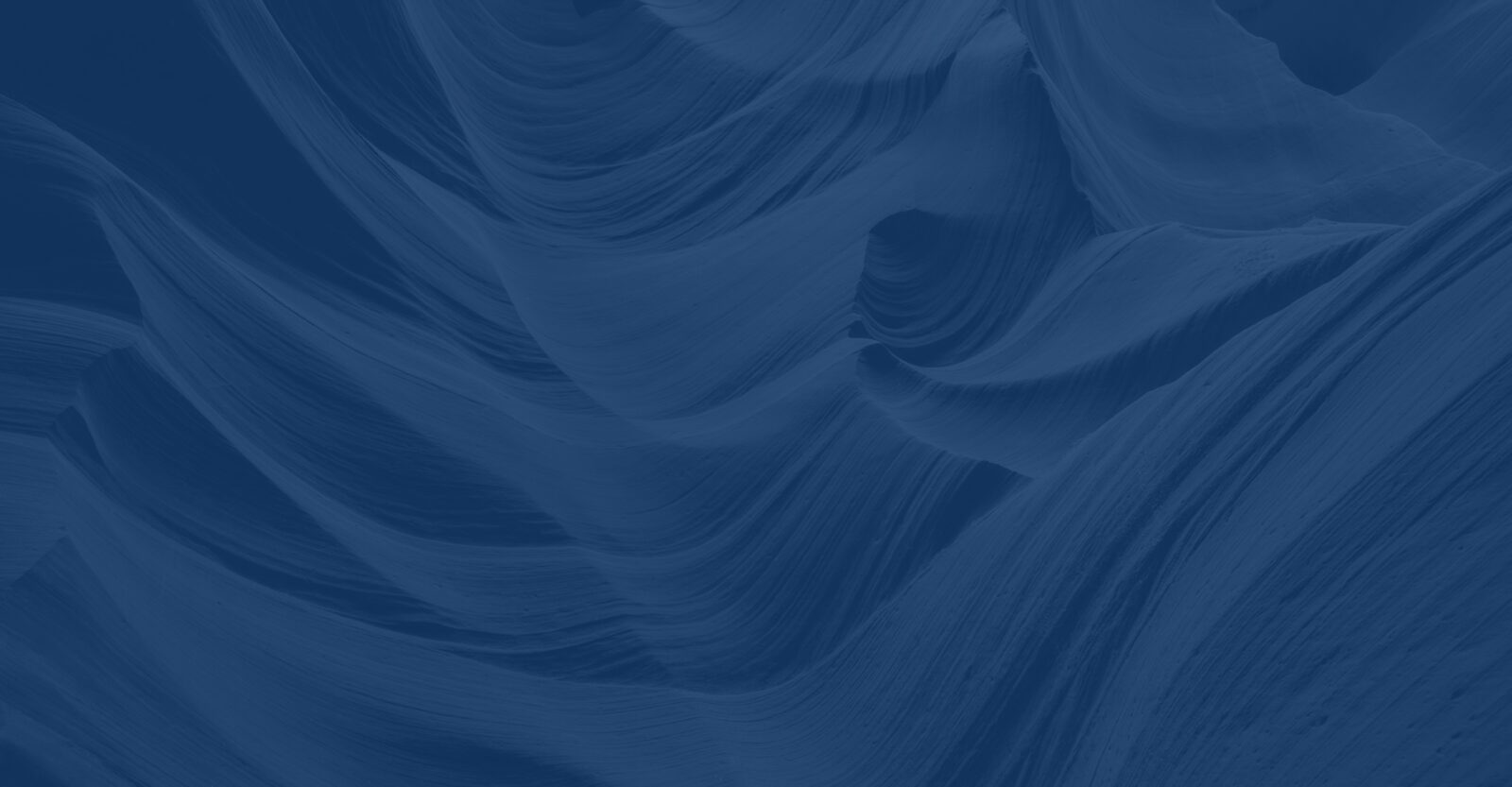Trauma Bond
What Is a Trauma Bond?
A trauma bond is a strong, unhealthy emotional attachment that forms between a person and the person who abuses or mistreats them.
While it may seem impossible for someone who is being hurt to connect with the person who is hurting them, it is actually not an uncommon way that the brain tries to cope with trauma.
This bond happens because the person being hurt feels confused, scared, and dependent on the abuser, making it hard for them to leave the harmful relationship.
Many types of manipulation can be involved with a trauma bond, including isolation and gaslighting.
What Does Trauma Bonding Mean?
Trauma bonding is when a deep attachment develops from a cycle of physical or emotional abuse, manipulation, or trauma followed by positive reinforcement.
Trauma bonds most commonly develop in romantic relationships, and leaving these relationships can be very hard. It is difficult to process feelings after emotional or physical abuse, especially if the abuser acts loving afterward.
This is called the trauma bonding cycle.
Often victims feel guilty, or that they are to blame when things go wrong in the relationship. This leaves them feeling like they are “in debt” and they have to “make up for” the problems in the relationship by winning the affections of their abuser.
When they get any sort of positive reinforcement, it is amplified by that desperation for connection, approval, and forgiveness (even if they have done nothing wrong).
What Is a Trauma-Bonded Relationship?
A trauma-bonded relationship usually refers to an unhealthy connection between a victim and their abuser. Sometimes it used to refer to anytime that people go through a traumatic experience together and become unhealthily intertwined.
People bonding over trauma can occur whenever they have severe emotional experiences.
Sometimes members of the relationship can be the cause of the traumatic experience, and in other cases they are both victims of an outside trauma.
Often, trauma bonding occurs in romantic relationships, but it can also occur between:
- A child and abusive caregiver
- A hostage and their kidnapper
- Colleagues
- Friends
- Victims of traumatic events
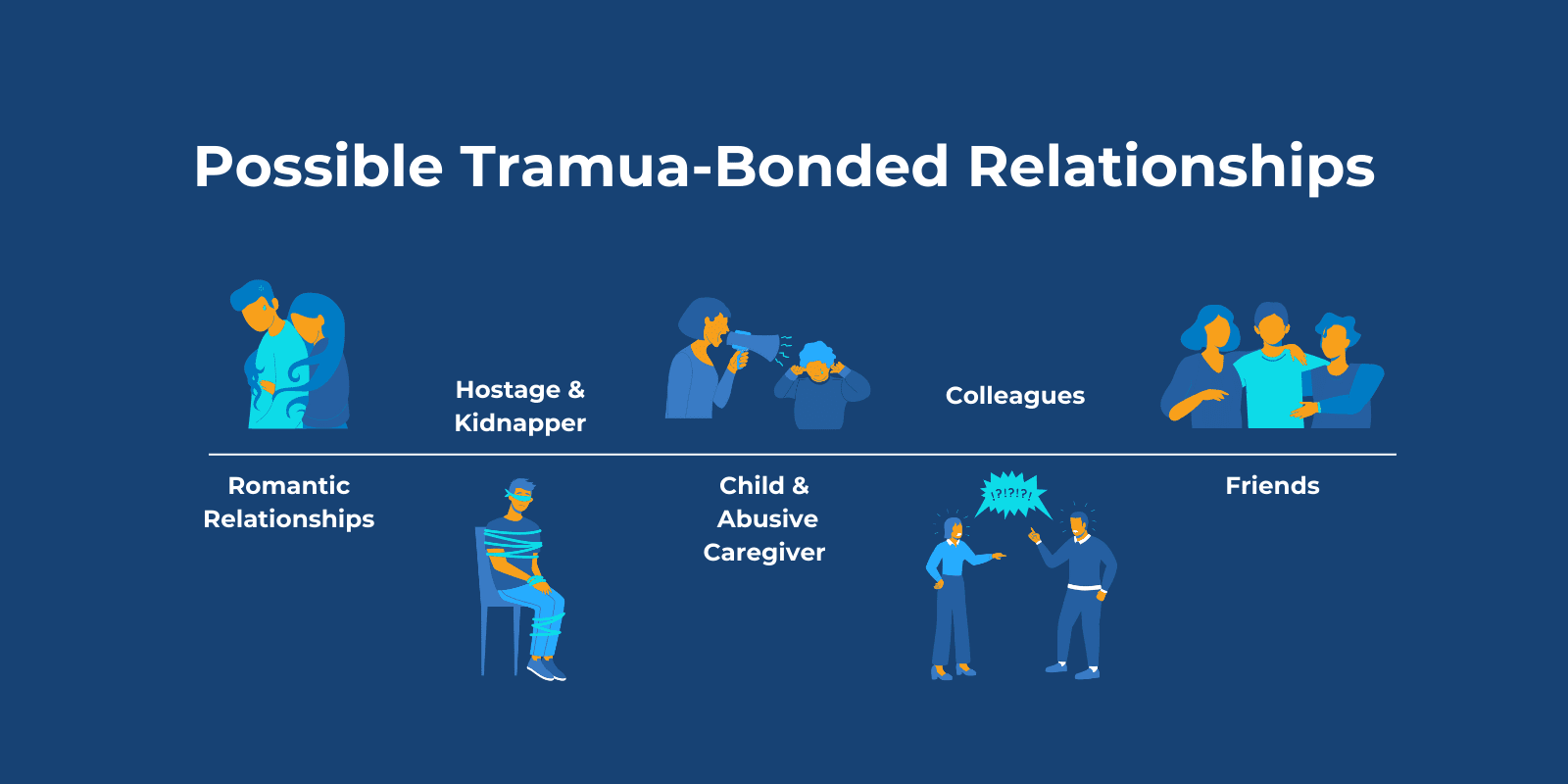
How Does Trauma Bonding Work?
Trauma bonding works by creating a cycle of trauma and positive reenforcement. Tactics like cutting off the victim from other people in their life, gaslighting them to make them lose confidence in their concerns, and making them financially or socially dependent on their abuser can leave the victim desperate for connection.
Typically one person will emotionally abuse or manipulate another and then use tactics like love-bombing to make the victim confused and dependent on them.
For the other person, these traumatic experiences bring up a wide array of complicated emotions that can be difficult to follow and interpret.
As a result, a person might start to feel bonded to the abusive person. They start to build an emotional attachment because they convince themselves it is love.
They tell themselves that their partner was just upset, that they will change, or think of them as the person they were before the abuse happened.
They get stuck in a cycle of abuse and positive reinforcement, constantly returning to the person even though they know they are being treated wrong.
In some other cases, people can begin bonding over a shared trauma that comes from an outside source.
For example, victims of dangerous situations like children in an abusive household might developed an enmeshed or unhealthy dependence on each other because of the severe situations they endured together.
How Do Trauma Bonds Start?
Trauma bonds can start with a relationship that may seem very loving, affectionate, intense, and passionate. The more intense the relationship is at the very beginning, the more difficult it is to leave when things start becoming unhealthy or toxic.
It can be hard for victims to believe that their partner would do anything to hurt them. This can make them ignore warning signs when emotional, physical, or psychological abuse begins occurs.
It is hard to process, and the abuser often tries to talk their way out of it and manipulate their partner into thinking they love them, that they will change, and that it will never happen again.
This is how trauma bonds start.
These experiences can confuse the other person, especially when the abuser convinces them that bonding through shared trauma is a sign that they need to stay in a relationship.
For example, the abuser might say things like: “We have been together through so much, we can’t end it now” or “No one has been through what we have been through.”
It becomes a cycle where the abuser keeps doing the same thing but follows with positive reinforcement, giving their partner empty promises and convincing them they love them, only for it to happen again and again.
Why Do Victims Defend Their Abusers?
Victims defend their abusers in trauma bonding situations because the emotional attachment created by the cycle of abuse and affection becomes very strong. They are also often told by their abuser that they are equally to blame, or that they are the only person who “truly understands” the abuser.
The abuser switches between being hurtful and showing kindness, which confuses the victim and makes them believe the good moments mean the abuser can change.
This bond is often made stronger by feelings of fear or shame.
Victims may be scared of what will happen if they leave or feel ashamed, thinking they’re somehow to blame.
Abusers also manipulate victims by isolating them, saying things like “no one else understands us” or that the world is out to get them.
This makes the victim feel even more connected to the abuser and more likely to defend them, even when others are worried or trying to help.
This combination of attachment, fear, and manipulation makes it very hard for the victim to recognize the abuse and leave the relationship.

Why Is Trauma Bonding So Strong?
Trauma bonds are so strong because the people involved have gone through intense emotional experiences together. Those involved often feel that no other relationship can make them feel as understood or needed as the one formed through shared trauma.
The cruel irony of trauma bonding is that this can happen even when one of the partners is causing the trauma in the first place.
The victim in a trauma-bonded relationship is manipulated into thinking that these intense feelings are love, making them look past the abusive behavior.
The feelings of fear and abandonment become stronger as the cycle continues, making the victim want to stay because it is all they know.
Sometimes, the abuser may also use guilt tripping, gaslighting, and trauma dumping to make the victim feel that they would be a bad person for leaving the relationship
Is Trauma Bonding Toxic?
Yes, trauma bonding is a toxic, unhealthy emotional connection and harmful to a person’s physical health, mental health, and overall well-being.
While some people may use the term “trauma bonding” playfully to refer to a relationship that started during a difficult or annoying experience, real trauma bonding can ruin the victims sense of self, their other relationships, and even their confidence that they understand the reality around them.
Trauma bonding also paves the way for many other kinds of abuse. When a victim is trauma bonded, they are less likely to ask for help since their feelings involve genuine affection that is tangled up in pain, confusion, and fear.
Trauma bonds also create traumatic experiences, they aren’t just triggered by one. The longer a trauma bonded relationship continues, the more intense the connection becomes. This often leads to escalating emotional, sexual, and physical abuse.
7 Stages of Trauma Bonding

What is the trauma bonding cycle?
The 7 stages of the trauma bonding cycle include love bombing, trust and dependency, criticism, gaslighting, emotional addiction, loss of self, as well as resignation and submission.
It’s important for victims to understand each stage to break free from the cycle and heal from the trauma inflicted on them throughout the relationship.
Keep reading to learn more about each stage of the trauma bonding cycle.
Love bombing
The first stage of the trauma bonding cycle is love bombing. Love bombing occurs at the beginning of a relationship and involves excessive flattery and praise for the partner.
The person tries to win over the other with grand gestures and an overwhelming idea of love.
Love bombing can make the victim trust the other person and let their guard down. For the abuser, it makes them seem to have good intentions and puts a positive idea of them in their victim’s head.
Trust and Dependency
In the second stage of trauma bonding, the perpetrator will do almost anything to make their partner trust them.
They often try to quickly advance the relationship, trying to ensure that the other person is dependent on them. This can look and feel like a “whirlwind romance,” but the motivations can be much more sinister.
The abusive partner wants to make the other person think that they are meant for each other. This stage, along with love bombing, gives the victim an idea of the abuser, giving them hope for the future after the abuse happens.
Criticism
After they have gotten a person’s trust, the abuser will start to pick apart their partner with the intention of making them feel negative about themselves.
When arguments occur, the perpetrator places the blame on the victim so that they will over-apologize and think something is wrong with them. They will doubt themselves and look to the abuser as a person who is there for them.
Gaslighting
Gaslighting is the fourth stage of a trauma bond. It is a form of psychological abuse that makes the victim question reality.
When a person gaslights, they shift the blame onto the other person. They manipulate them into thinking that they’re wrong or “crazy.”

Resignation & Submission
At the fifth stage of trauma bonding, the target of abuse doesn’t know what to believe and gives in to avoid conflict.
It seems easier to do things the way the abuser wants than try to fight back, and it may seem that everything is good when they are not in conflict.
Over time, the person becomes more dependent and reliant on the abuser to please them and to avoid more conflict. They may have children with their partners, get married, and depend on them financially.
Resignation can also come from fear. They don’t want to escalate things or make things worse,e and it seems that their only choice is to do what makes their partner feel good.
Loss of self
After resigning to their abuser, a victim of a trauma bond loses their confidence and sense of self.
They become disconnected, isolated, and at a loss when it comes to their self-identity.
Over time, sometimes for years, feelings of shame build-up, and a person can’t recognize who they are anymore. It can be very hard to move on from.
Addiction
The stages of trauma bonds most commonly end up in a cycle.
After abuse, the love-bombing and positive reinforcement happens again, causing a sense of pleasure or satisfaction.
A person can essentially become addicted to this cycle.
Sometimes, the abuser may start to avoid their partner or stop giving them attention until they get what they want. When this happens, the other person feels that they are in control of the situation, making them feel that the abuser may truly love them.
A person can become emotionally addicted to a feeling or a response to their emotions.
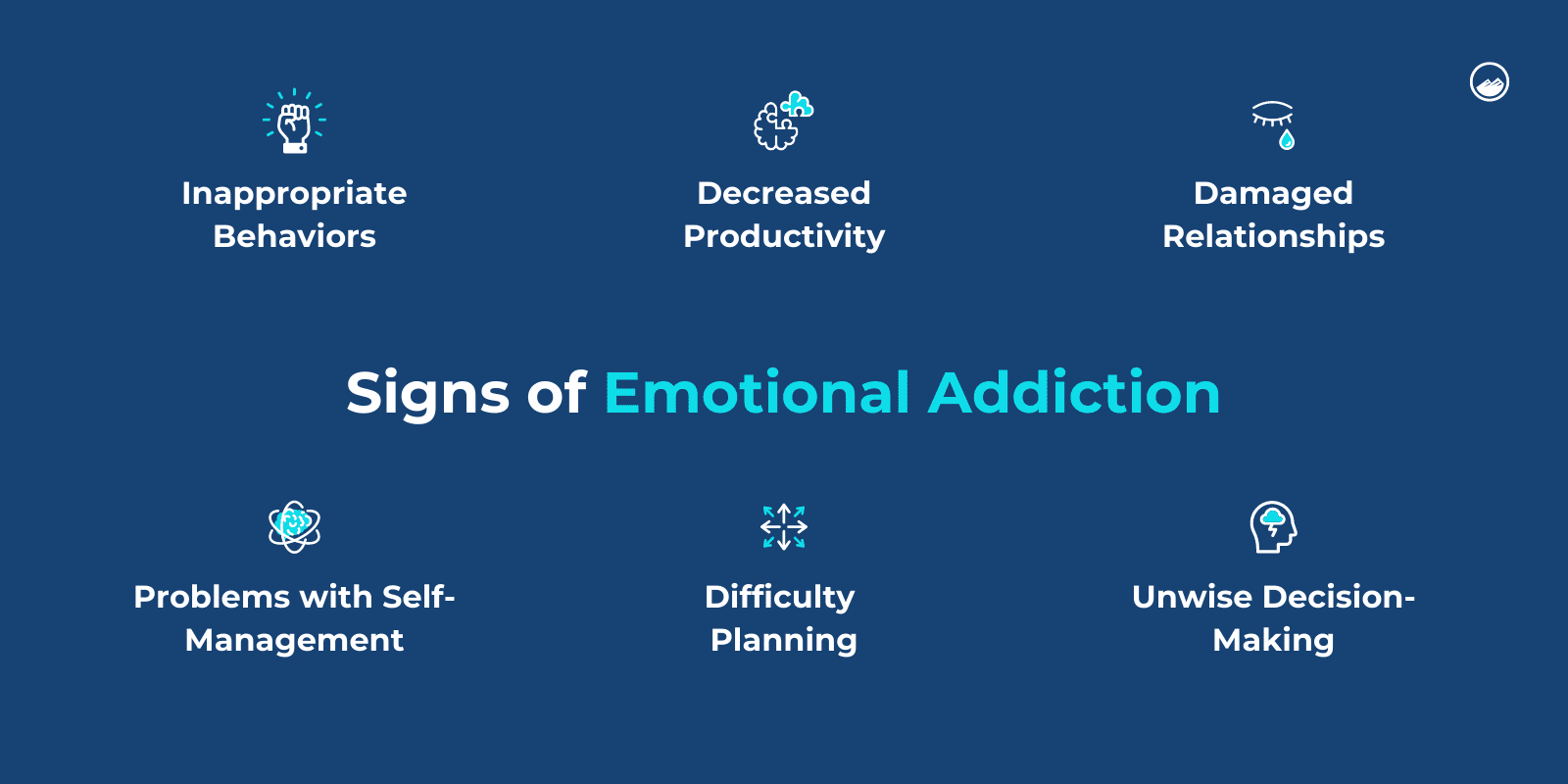
Signs that a person may have an emotional addiction can include:
- Inappropriate behaviors
- Decreased productivity
- Damaged relationships
- Problems with self-management
- Difficulty planning
- Unwise decision-making
What Is Trauma Bonding in Friendships?
Trauma bonding in friendships refers to an unhealthy relationship where one friend uses emotional manipulation, conflict, or trauma as leverage to control or harm the other.
While many people casually use the term to describe friends who became close through shared difficult experiences, true trauma bonding is different.
It doesn’t refer to friends who support each other after going through trauma together, but instead describes an asymmetrical relationship where one friend holds power over the other by exploiting emotional pain.
For example, imagine a friendship where one person constantly brings up past trauma to guilt their friend into doing what they want.
They may remind the friend of how they “were always there” during tough times or say things like, “You know how hard things have been for me, I can’t believe you’re not helping.”
The other friend feels obligated to support them, even if the friendship is draining or hurtful.
This toxic relationship creates a cycle of guilt and obligation, where the friend being manipulated feels stuck.
Trauma Bonding Signs
What Are the Signs of Trauma Bonding?
Common signs of trauma bonding can include:
- Spending all of their time with one person
- Justifying abuse
- Covering for the abusive person
- Isolating, especially from people who are trying to help
- Becoming defensive when someone brings up the abuse or tries to help
- Not wanting to leave the situation
- Experiencing trauma bond withdrawal symptoms when they try to break away
Trauma Bond vs. Love?
If you are asking yourself, “am I in love, or is it a trauma bond?” it is important to take a close look at how your relationship makes you view yourself, if your boundaries are respected, and if you feel trapped.
A trauma bond is not a healthy relationship and is not real love.
In a healthy relationship, a person should feel safe and confident. With a trauma bond, a person often feels negative about themself, along with feelings of fear and anxiety.
Healthy relationships involve:
- Respect
- Safety and Security
- Trust
- Support
- Accountability
- Willingness to grow and work through challenges
A trauma bond is usually built on control. But, because the abuser often makes their target feel that they love them with grand gestures of affection and attention.
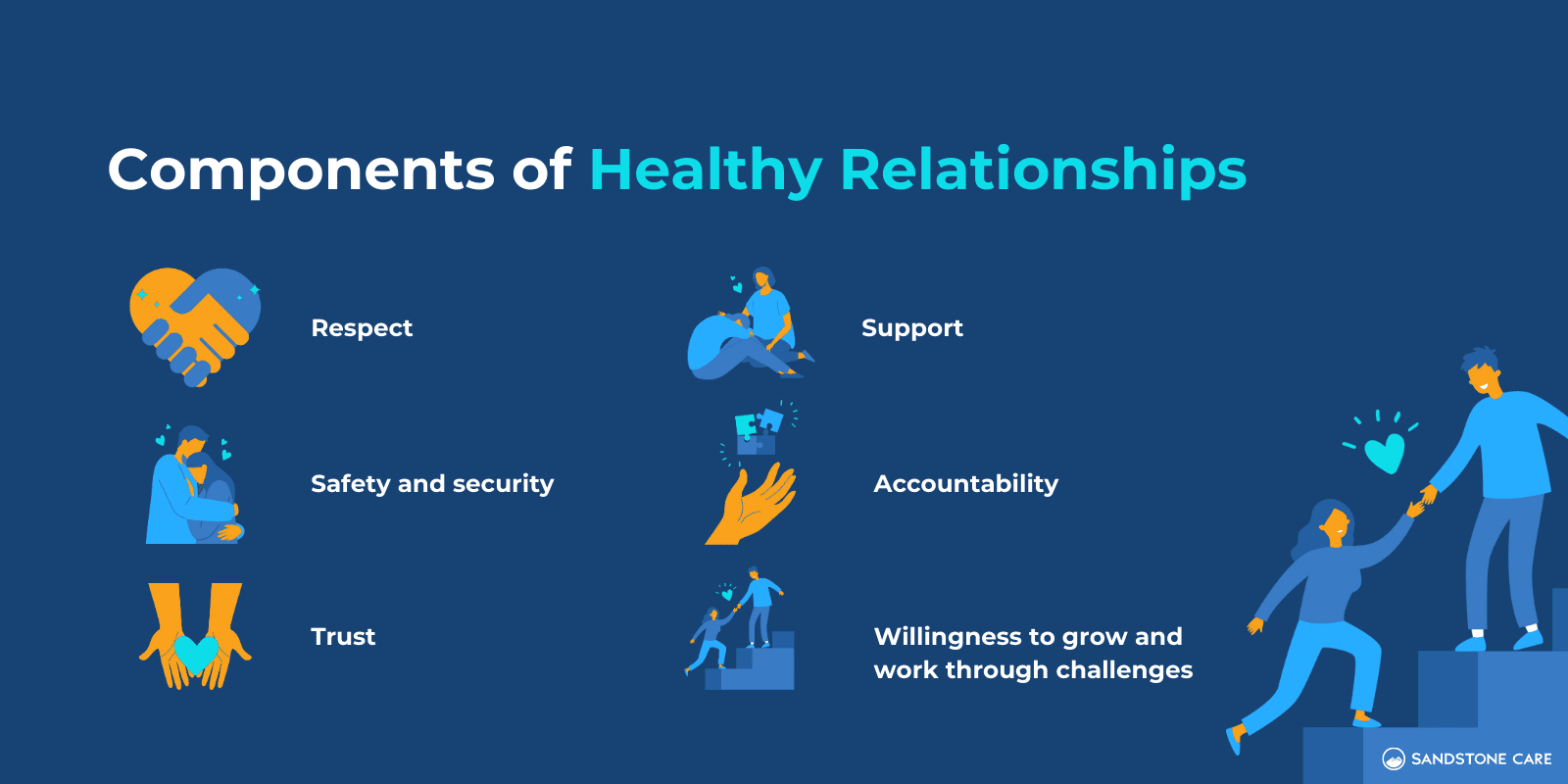
What Happens To Your Brain In a Trauma Bond?
Trauma bonds can affect the brain by altering important neurochemical levels like dopamine and oxytocin.
When these neurochemicals are dysregulated, it can cause an emotional addiction, where a person can experience “cravings” for certain feelings that come from the cycle of the trauma bond.
It can also cause confusing and conflicting thoughts to the point where a person begins to justify and rationalize the abuse.
Additionally, trauma bonds can lead to problems that affect the brain, including:
- Post-traumatic stress disorder (PTSD)
- The development of chronic illnesses
- Emotional distress
- Dissociation
- Sleep problems
- Mental fatigue or “brain fog”
- Flashbacks
- Emotional withdrawals
Trauma Bonding Examples

What Are Some Trauma Bonding Examples?
Stockholm syndrome is a trauma bond that refers to someone who is held captive and develops feelings for their captors.
Trauma bonds are also most common in romantic relationships, where a person’s partner is abusive, but the other person tries to rationalize it and stays with them.
What Does Trauma Bonding Look Like In a Relationship?
Trauma bonding is present in abusive relationships that follow a cycle of abuse and positive reinforcement.
A person may be emotionally abusive and then say things like “I am going to change” or “I did it because I love you,” and shower their partner with affection and grand gestures, only for the abuse to happen again.
Can a Trauma Bond Become Healthy?
Trauma bonds do not end up in healthy relationships.
People involved in trauma bonds usually have hopes that it will be better in the end and that the person will change, but this is rarely the case.
How To Break A Trauma Bond

Am I in a Trauma Bond?
If you’re asking yourself, “Am I in a trauma bond?” it might be because you feel stuck in a relationship where someone is both loving and hurtful.
A trauma bond often makes you feel deeply attached to someone who mistreats or manipulates you, and you may feel conflicted about the relationship.
If the following list sounds like you, you may be in a trauma bond:
- You defend or make excuses for their bad behavior, even if others are worried about you.
- You feel obligated to stay because of shared trauma or difficult experiences.
- You feel guilty or afraid of how they’ll react if you try to set boundaries or say “no.”
- You’ve lost touch with other friends or support systems because of this person.
- You hold onto the hope that they’ll change, focusing on the good moments to justify staying.
These experiences can be difficult to process, and identifying a trauma bond isn’t always easy, especially because abusers will often make you feel like you are to blame.
The best way to know if you are in a trauma bond is to talk to a mental health professional who can help you understand the situation and figure out how to move forward in a healthier way.
What Are Some Ways To Break Trauma Bonds?
It is important to know that if you are experiencing domestic violence, you can call the National Domestic Violence Hotline at 1-800-799-7233 or text “START” to 88788.
Breaking a trauma bond can take time and be very hard, but it is important to know that you are supported and that breaking the trauma bond is possible.
Some steps to take to break trauma bonds can include:
- Acknowledging the present
- Instead of hoping that a person will change or looking at them in the way they were when you first met, acknowledge what is currently happening and reflect on it.
- Look at the evidence.
- An abuser will most commonly make promises of love or change, but you should focus on their actions that do not back up their words.
- Practice self-care and positive self-talk
- Trauma bonds can negatively impact a person’s self-esteem and break down their confidence. By building yourself up and taking care of yourself, you are taking steps to break the trauma bond.
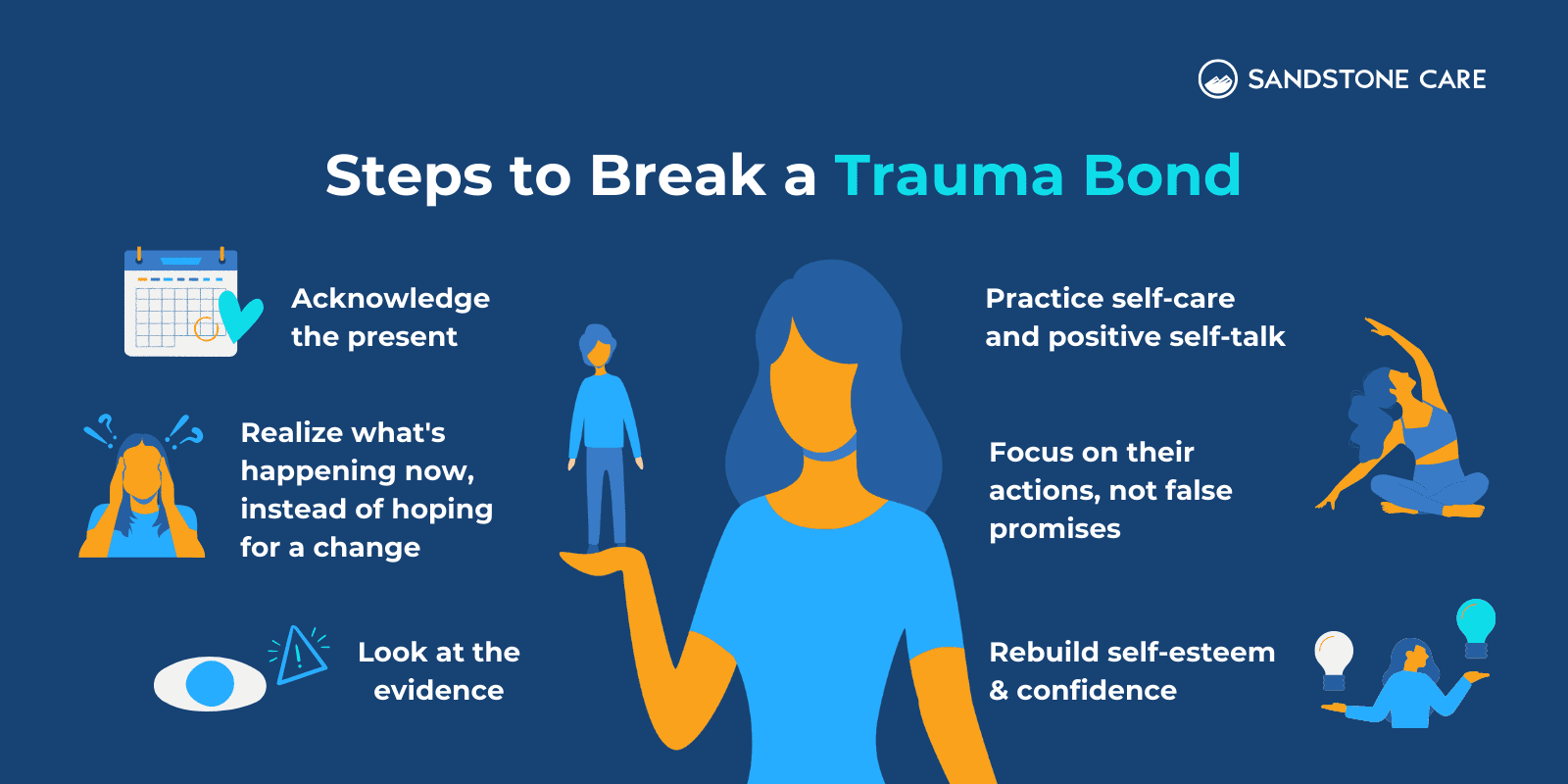
How Hard Is It to Break a Trauma Bond?
Breaking a trauma bond can feel extremely difficult.
However, it is important to know that it is possible and that this is the best choice for your health, happiness, and safety.
If you are trying to break a trauma bond, getting professional help can give you the support and guidance to take the necessary steps.
What Are Trauma Bond Withdrawal Symptoms
Trauma bond withdrawal symptoms are emotional and physical effects that occur when trying to break away from a trauma-bonded relationship, including:
- Emotional Strain
Feelings of intense sadness, loneliness, or emptiness, often accompanied by a longing to return to the abuser despite knowing the relationship is harmful. - Anxiety and Fear
Persistent worry or panic about being alone, the future, or the possibility of never finding a relationship that feels as passionate as the current one. - Guilt and Self-Doubt
Questioning whether leaving was the right decision, feeling responsible for the abuser’s actions, or doubting one’s ability to live without the abuser. - Depression
A deep sense of despair, hopelessness, or a lack of motivation, often leading to difficulty in daily functioning. - Physical Symptoms
Sleep disturbances, changes in appetite, headaches, or even nausea, as the body responds to the stress of separation. - Cravings for Contact
A strong urge to reach out to the abuser, similar to cravings in addiction, driven by the desire to alleviate the pain of withdrawal.
Can a Trauma Bond Cause Physical Withdrawal Symptoms?
When a person breaks a trauma bond, they may experience physical symptoms that occur when they are no longer in this relationship.
Trauma bond withdrawal symptoms can include cravings for the person or the way you felt after making up with them, anxiety, feelings of panic, and flashbacks to the relationship. These symptoms can make you question your decision to leave or cut off contact, but will lessen with time.
They may experience:
- Cravings, usually for the feelings that come after conflict
- Anxiety
- Flashbacks
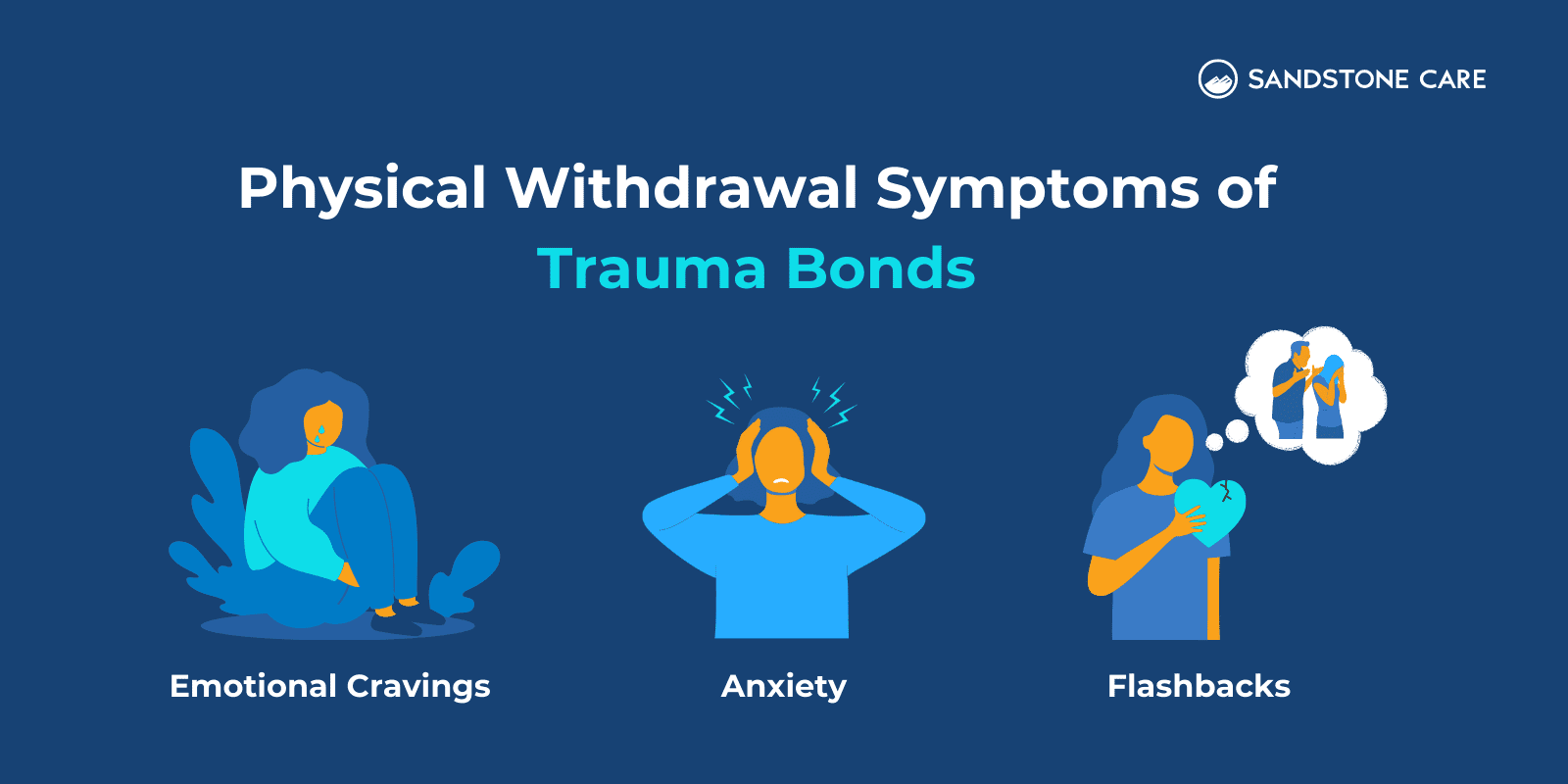
How Do You Detox From a Trauma Bond?
Detox refers to ridding the body of toxicity.
When a person detoxes from a trauma bond, they begin the release the weight and negativity that comes with it.
Some ways a person can work on detoxing from a trauma bond can include:
- Focusing on the present
- Create space and boundaries
- Find support
- Practice self-care
- Develop healthy relationships
- Be kind to themselves
What Does Emotional Withdrawal Look Like?
When a person is emotionally withdrawn, it can be very hard to express their emotions.
They may appear preoccupied, lack attention, isolate themselves, and have a hard time being affectionate or loving.
When a person is emotionally withdrawn, they bottle up their feelings and experiences.

How to Heal From Trauma Bonding
Healing from trauma bonding involves seeking therapy, building a support network, and gradually learning to prioritize self-care and establish healthy boundaries.
How Do You Heal From Trauma Bonding?
If you aren’t ready to seek professional support, here are some steps you can take to break free from a trauma-bonded relationship:
- Educate Yourself: Understand what a trauma bond is and recognize the signs of abusive relationships. Knowledge can empower you to see the situation more clearly.
- Establish Boundaries: Set and enforce clear boundaries with the abuser. Decide what behaviors you will no longer tolerate and stick to your decision.
- Limit Contact: Minimize or cut off contact with the abuser. This includes avoiding places where you might see them and blocking them on social media.
- Build a Support Network: Reach out to trusted friends and family for emotional support. Let them know about your situation and how they can help.
- Practice Self-Care: Focus on your well-being by engaging in activities that make you feel good and reduce stress. Prioritize your physical and emotional health.
- Document the Abuse: Keep a journal or record of abusive incidents. Writing things down can help you see patterns and reinforce your decision to leave.
- Challenge Negative Thoughts: Recognize and confront any negative beliefs that keep you tied to the abuser. Replace them with positive affirmations and self-compassion.
- Develop a Safety Plan: Create a plan for safely leaving the relationship. This might include saving money, finding a safe place to stay, and knowing who to call in an emergency.
- Stay Busy: Engage in hobbies, work, or other activities to keep your mind occupied. Staying busy can help take your focus off the abuser and the relationship.
- Seek Legal Advice: If necessary, seek legal advice to understand your rights and options for protection, such as obtaining a restraining order.
Breaking a trauma bond takes time and effort, but by taking these steps, you can start to regain your independence and move towards healing.
How Do You Treat Trauma Bonding?
If you or a loved one are in a trauma bond, know that you are not alone.
Seeking help from someone you trust and connecting to a professional can help a person get treatment for trauma bonding.
Trauma bonding is usually treated through trauma-informed therapy.
Trauma therapy usually involves three main steps:
- Creating a safety plan
- Work on stress-managing strategies and ways to process trauma
- Work together with a therapist to rebuild self-esteem and practice new life skills
Can Therapy Help A Trauma Bond?
Therapy can be extremely helpful for individuals who are/were in a trauma bond.
Therapy can help a person process their experiences, learn how to cope, restructure negative thoughts and feelings, and help a person apply new strategies in their everyday life.
It is important to find a therapy that works for you and your needs. What works for one person may not work for another.
Does Trauma Bonding Ever Go Away?
Trauma bonds could stick for some time, even if they happened a while ago.
However, a person can break free, heal, and move on after ending a trauma bond relationship.
What Is the Best Treatment for Trauma Bonding?
Talk therapy is the most common and effective treatment for trauma bonding.
Common therapies include:
- Cognitive behavioral therapy (CBT)
- Dialectical behavior therapy (DBT)
- Eye Movement Desensitization and Reprocessing Therapy (EMDR)
It is best to go to a therapist who understands trauma and has experience in trauma-informed therapy.
Support groups can also be very helpful in providing a safe space to go to share your experiences and relate to others.
How Long Does It Take to Heal From a Trauma Bond?
The length of time it takes to heal from a trauma bond can be different from person to person.
There is no set amount of time it takes for a person to heal from a trauma bond.
What Does Trauma Release Feel Like?
Trauma can stay stored in the mind and body.
When a person releases trauma, they are able to feel their emotions and express their emotions.
Crying can also be a sign that trauma is being released. When trauma is stored, a person often represses their feelings and holds in a lot of their thoughts and emotions, which doesn’t allow them to fully process difficult experiences.
A person may also shake because they have all this negative energy built up.
On the other hand, a person can feel very relaxed with both their body and breathing because they are letting go of the things that are weighing them down. They may feel more light, free, and open.


Let’s take the next steps together
A trauma bond is an unhealthy and dysfunctional attachment that comes from a cycle of abuse and positive reinforcement. Sandstone Care is here to support teens and young adults with mental health and substance use disorders.


